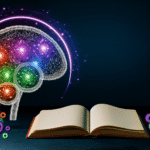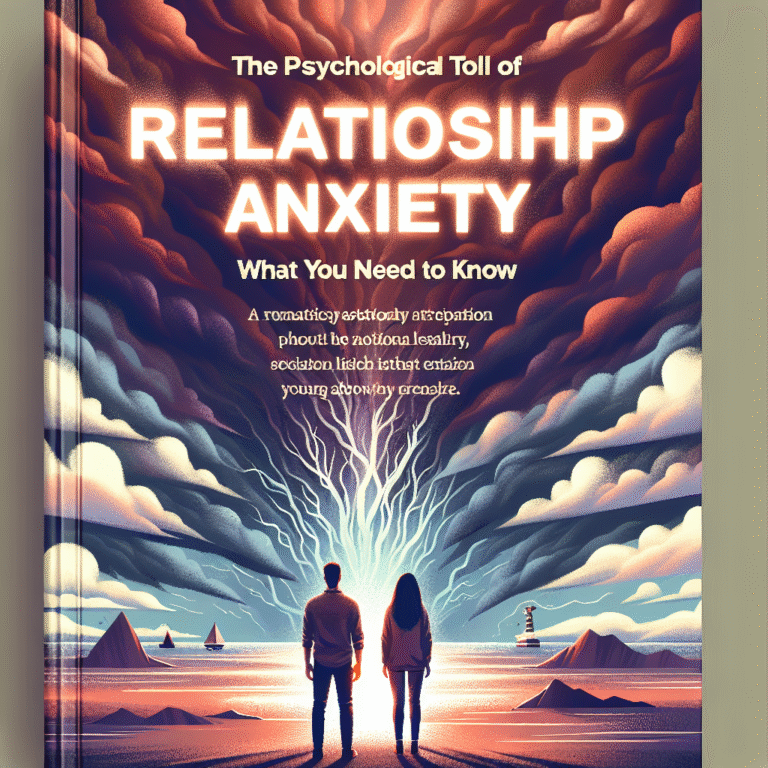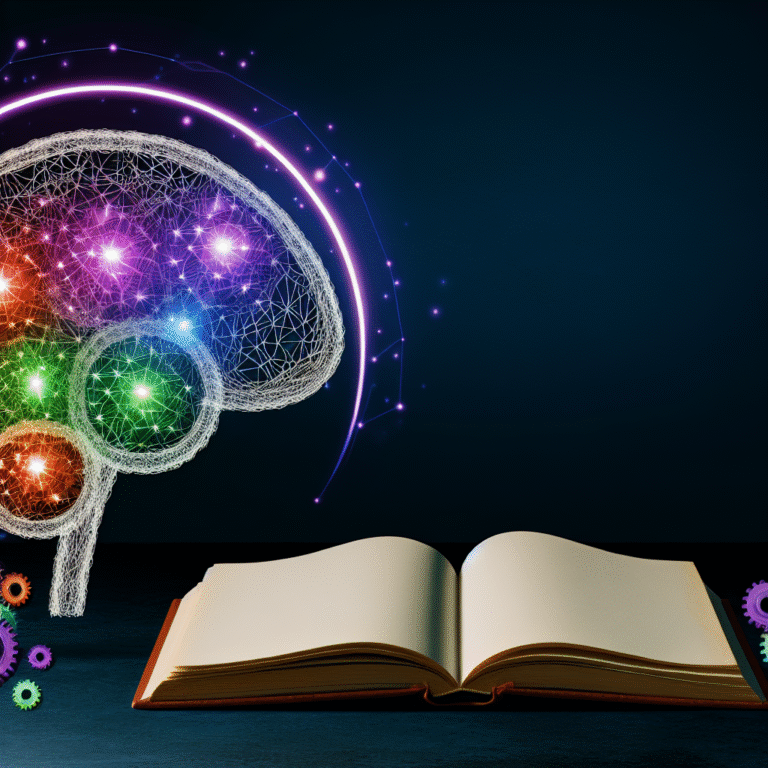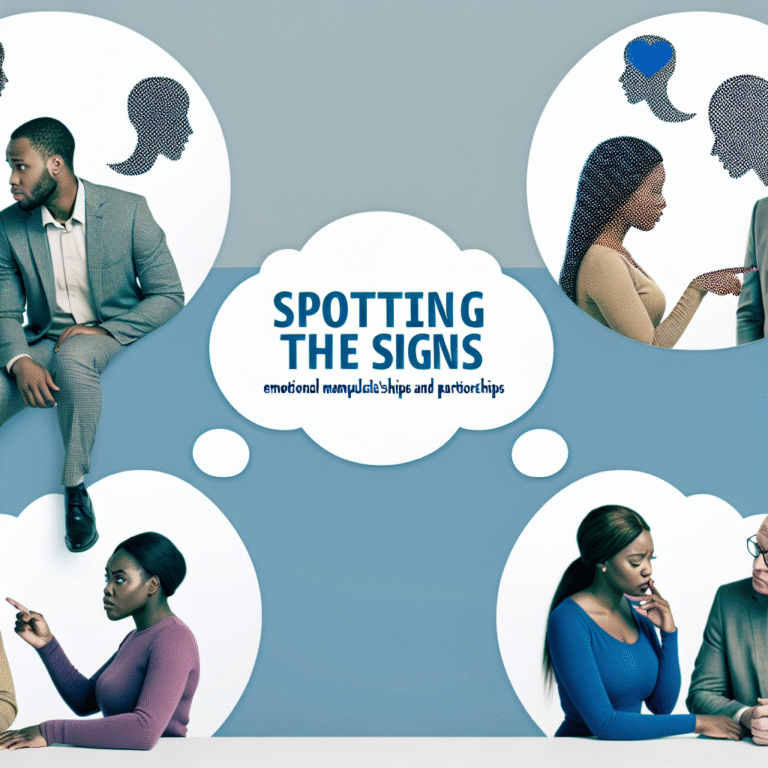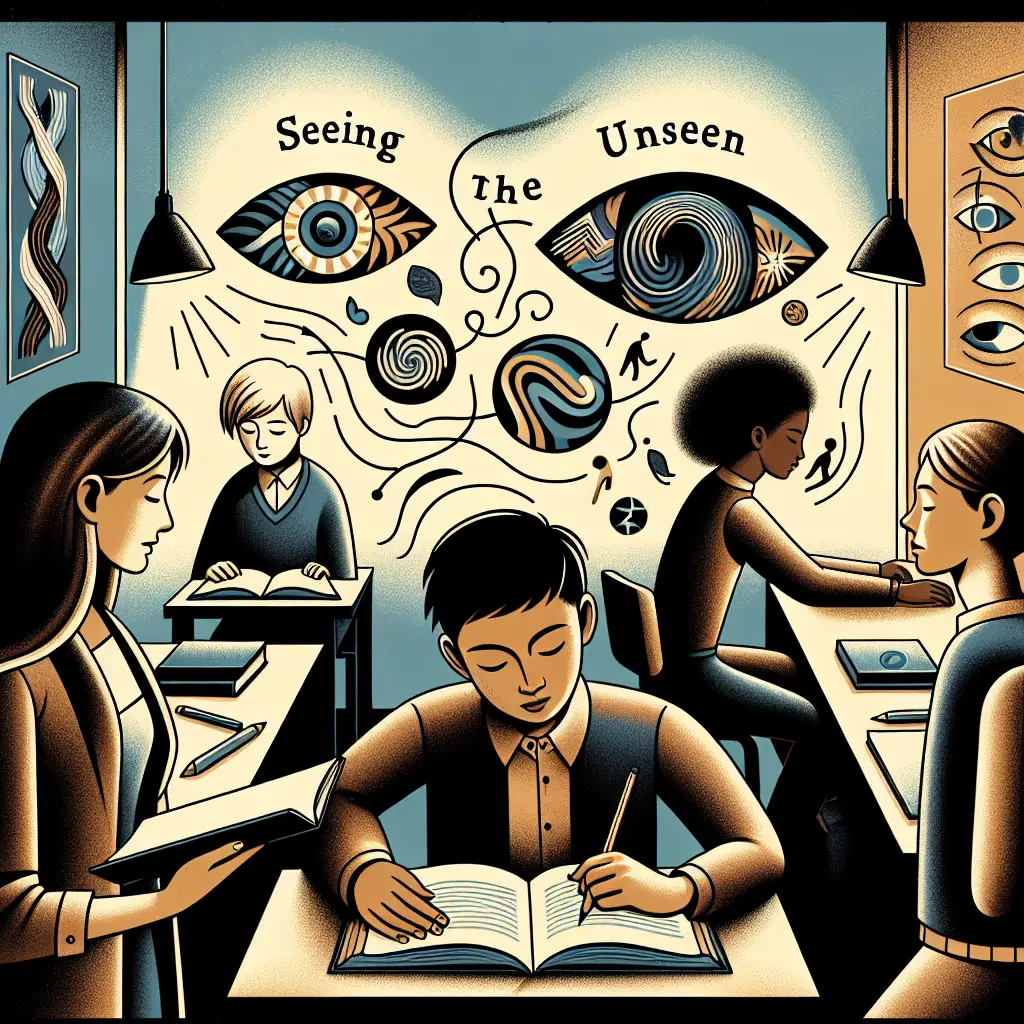
Seeing the Unseen: Understanding Visual Processing Disorders in the Classroom
Introduction: Unveiling the Hidden Struggles
Imagine sitting in a classroom filled with eager faces, where each child carries the promise of potential. Now consider that one child who, despite their determination and intelligence, struggles to keep pace with their peers—not due to lack of effort, but because their brain processes visual information differently. Seeing the Unseen: Understanding Visual Processing Disorders in the Classroom reveals the challenges faced by these students and underscores the importance of recognizing and accommodating their unique needs.
Visual processing disorders (VPDs) are often invisible to the untrained eye, yet they can greatly impact a child’s learning experience. Understanding these disorders is not just essential for educators, parents, and professionals but can lead to significant improvements in academic outcomes and emotional well-being for affected students. This article aims to uncover the complexities of visual processing disorders, their implications in the classroom, and strategies for support, illustrating the importance of Seeing the Unseen: Understanding Visual Processing Disorders in the Classroom.
Understanding Visual Processing Disorders
What Are Visual Processing Disorders?
Visual processing disorders refer to difficulties in the way the brain interprets visual information. Unlike problems with eyesight, individuals with VPDs may see clearly but struggle to make sense of what they see. This discrepancy can manifest in numerous ways, including difficulties with reading, poor hand-eye coordination, and challenges in following visual instructions.
Types of Visual Processing Disorders
- Visual Discrimination: Difficulty distinguishing between similar letters or objects, which can affect reading and writing.
- Visual Memory: Inability to remember and recall visual stimuli, impacting learning and information retention.
- Visual-Spatial Skills: Challenges in understanding spatial relationships, leading to trouble navigating or organizing tasks.
- Visual Closure: Difficulty recognizing a complete picture when portions are missing, affecting analysis and comprehension.
The Impact of VPDs in the Classroom
Real-life Case Study: Emily’s Journey
Emily is a bright, enthusiastic third grader with a penchant for storytelling. However, her struggles with reading comprehension began to surface when she faced challenges in differentiating between similar-looking letters, failing to understand her teacher’s instructions. After numerous assessments and consultations, Emily was diagnosed with visual discrimination issues.
Analysis of Emily’s Experience
Emily’s case exemplifies how visual processing disorders can hinder a child’s ability to keep up in academia. This disorder became an invisible barrier, obstructing her learning journey. By implementing tailored strategies such as multi-sensory learning techniques, Emily’s teacher helped bridge the gap, allowing her to flourish academically.
Common Manifestations of VPDs in the Classroom
Students with VPDs may exhibit a range of behaviors, including:
- Difficulty following along with reading material.
- Frequent mistakes in spelling due to letter confusion.
- Challenges in completing math problems that require visual organization.
- Struggles in interpreting charts and graphs.
Understanding these behaviors is crucial for teachers to provide effective support.
Strategies for Educators: Supporting Students with VPDs
Tailored Instructional Approaches
Multi-Sensory Learning
One proven method for helping students with visual processing disorders is multi-sensory learning, which engages multiple senses simultaneously. For example, incorporating tactile materials alongside visual aids can enhance understanding.
| Strategy | Description |
|---|---|
| Tactile Learning | Use manipulatives for math concepts and spelling. |
| Color Coding | Apply color codes for organizational tasks to enhance visual clarity. |
| Graphic Organizers | Utilize mind maps and charts to help students visualize relationships in information. |
Classroom Accommodations
- Extended Time: Allow extra time for tests and assignments to reduce anxiety.
- Separate Testing Space: Provide a quiet area for assessments to minimize distractions.
- Visual Aids: Use charts, diagrams, and visual schedules to reinforce instructions.
Real-world Case Study: Mark’s Transformational Journey
Mark is a sixth-grade student whose struggles with visual memory were impacting his ability to retain information from lectures. After an evaluation, his teacher implemented simple strategies such as providing notes before class and using visual aids, which significantly improved his retention and comprehension.
Analysis of Mark’s Transformation
Mark’s journey illustrates the power of supportive teaching methods. By adopting structured instructional strategies, his teacher was able to unlock the potential within Mark, ultimately fostering a more engaging and less frustrating learning experience.
The Role of Parents and Guardians
Encouragement and Advocacy
Parents play a crucial role in identifying potential visual processing disorders. Being advocates for their children within the educational system can help propel the necessary changes and accommodations required for success.
Collaboration with Educators
Open communication between parents and teachers can lead to a greater understanding of the child’s needs and effective strategies to support their learning.
Conclusion: Inspiring Change and Awareness
Seeing the Unseen: Understanding Visual Processing Disorders in the Classroom highlights the urgent need for educators and parents alike to recognize the signs of visual processing disorders. By fostering an inclusive educational environment and implementing tailored strategies, we can help students like Emily and Mark realize their true potential.
The journey toward understanding and accommodating these invisible challenges is essential for building a more equitable future for all learners. Let us embrace this challenge, armed with knowledge and compassion, to ensure that no child’s opportunity to learn is hindered by unseen barriers.
FAQs
1. What are the signs of a visual processing disorder in children?
Signs may include difficulty distinguishing similar letters, trouble following visual sequences, and challenges in reading fluency.
2. How is a visual processing disorder diagnosed?
Diagnosis typically involves assessments conducted by professionals such as psychologists or occupational therapists, including visual tests and evaluations of cognitive function.
3. Can visual processing disorders change over time?
Yes, with appropriate interventions and support, many children can improve their visual processing skills and academic capabilities.
4. What role do eye exams play in diagnosing visual processing disorders?
Eye exams are crucial but can only detect issues related to vision, not how the brain interprets visual information. A separate assessment for VPDs is needed.
5. Are there specific teaching methods that are more effective for students with VPDs?
Yes, multi-sensory learning, graphic organizers, and visual aids are generally effective for supporting students with visual processing disorders.
6. How can parents support their children with visual processing disorders at home?
Parents can engage in activities that promote visual learning, collaborate with educators to reinforce strategies, and provide a patient, understanding environment for homework and study.
By focusing on the critical concept of Seeing the Unseen: Understanding Visual Processing Disorders in the Classroom, we not only enhance awareness but also inspire actionable change. Embrace the challenge and take steps toward creating a supportive learning environment today!











